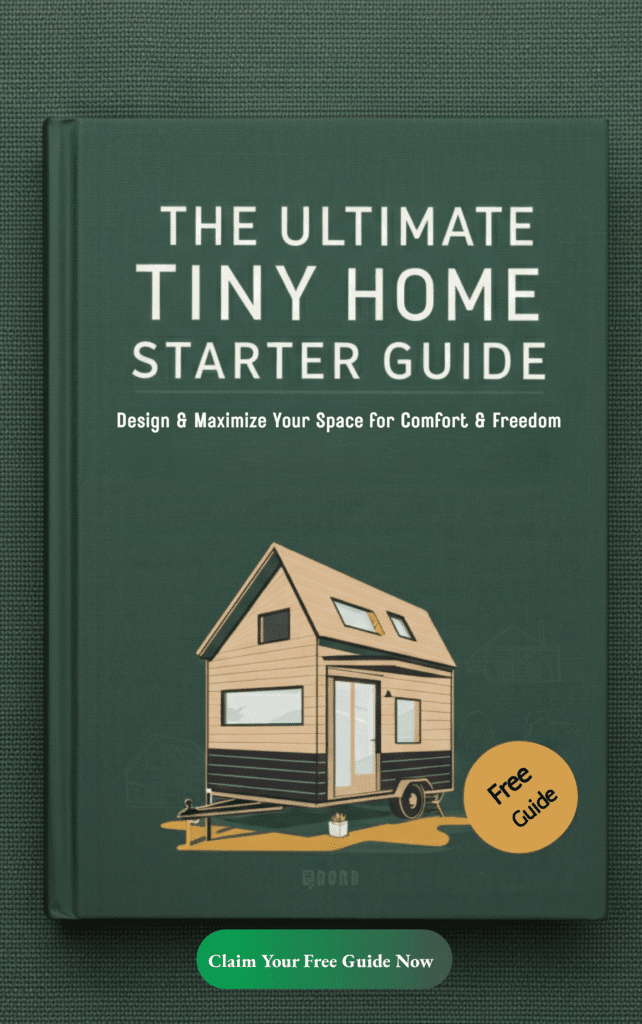Why are tiny homes the future? They promote sustainability, lower living costs, and simplify lifestyles. This article covers the main reasons people are turning to tiny homes and explores why tiny homes are the future of living.
- Key Takeaways
- Embracing Minimalist Lifestyle
- Financial Freedom and Affordability
- Sustainable Living and Smaller Carbon Footprint
- Increased Energy Efficiency with Smart Technologies
- Innovative Space Utilization
- Mobility and Flexibility
- Community-Focused Living
- Changing Zoning Laws and Regulatory Support
- Customization and Personalization
- Environmental Benefits and Reduced Waste
- Addressing Housing Market Challenges
- Future Generations and Sustainable Futures
- Summary
- Frequently Asked Questions
Key Takeaways
Tiny homes promote a minimalist lifestyle, enhancing mental clarity and fostering community support.
Affordable and financial freedom are key advantages, allowing homeowners to save money while living sustainably.
Innovative designs and modern technologies in tiny homes maximize space, energy efficiency, and promote environmental sustainability.
Embracing Minimalist Lifestyle
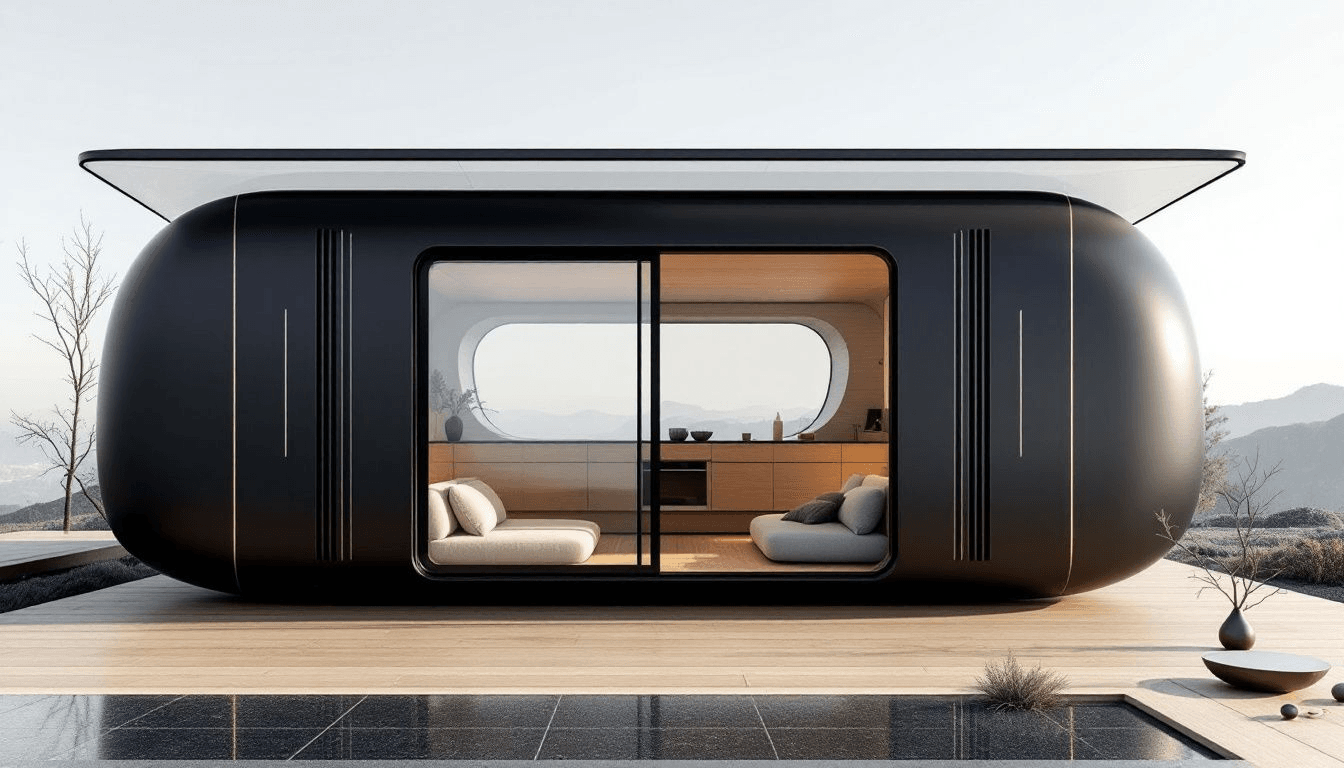
Tiny house living epitomizes a minimalist lifestyle. The limited space encourages residents to prioritize essentials, shedding unnecessary possessions. This decluttering not only organizes the living space but also reduces anxiety and stress, as fewer belongings mean fewer worries about maintenance and loss.
The simplicity of tiny house living enhances mental clarity and focus. With fewer distractions, individuals can concentrate on personal and professional goals more effectively. Additionally, the strong social support network in many tiny house communities reduces stress levels, fostering a sense of belonging and well-being.
Tiny house communities emphasize social well-being through activities like outdoor recreation and clubs, promoting shared experiences. Living in a tiny house allows individuals to embrace minimalism while enjoying the benefits of a supportive, connected community.
Financial Freedom and Affordability
Owning a tiny house offers significant financial freedom. Tiny homes make homeownership more achievable, particularly in urban areas with high housing costs. Lower construction costs and affordable housing options enable more people to realize their dream of owning a home.
Tiny homes also come with significantly lower property taxes compared to traditional houses, reducing the financial burden on homeowners. Their smaller size means lower utility bills, as less energy is needed for heating, cooling, and overall consumption. This saves money and contributes to sustainability.
Tiny home living allows homeowners to save money and redirect savings towards other financial goals or investments. Reduced living costs enable many to live debt-free, free from high mortgage payments and utility bills. This financial freedom offers comfort and peace of mind, allowing focus on what truly matters.
Sustainable Living and Smaller Carbon Footprint
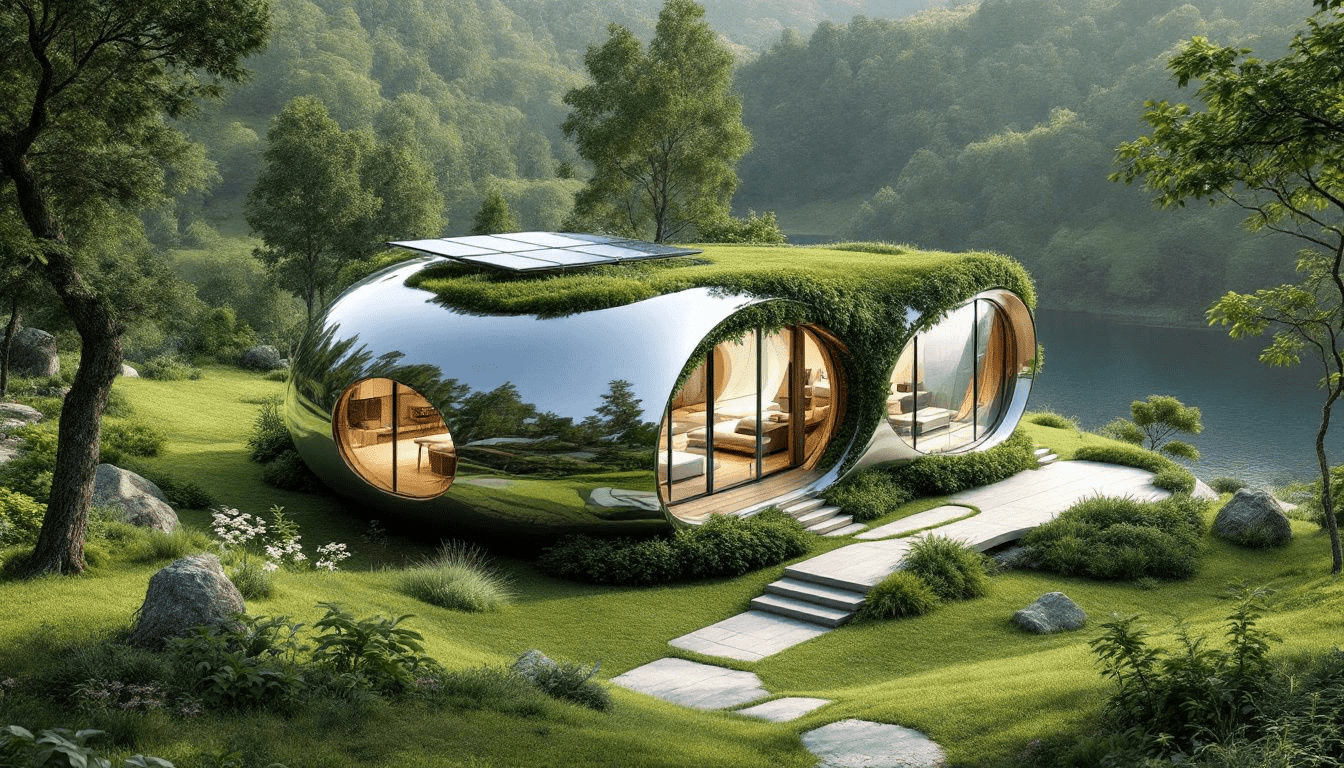
Tiny homes significantly reduce the overall environmental footprint. Their smaller size and efficient design use less energy, resulting in fewer wasted resources and a smaller carbon footprint. This reduced energy consumption is crucial for promoting a sustainable future.
Many tiny homes use renewable energy sources like solar panels, reducing reliance on non-renewable energy and supporting off-grid living. This cuts energy costs and promotes an eco-friendly lifestyle. Advancements in solar energy, battery storage, and water collection systems enable tiny homes to operate independently and efficiently.
Using eco-friendly and recycled materials in tiny home construction is crucial for sustainability. By emphasizing sustainable materials, builders minimize environmental impact and promote greener practices. Living in a tiny home fosters a deeper understanding of resource use and environmental impact, encouraging a mindful and sustainable lifestyle.
Increased Energy Efficiency with Smart Technologies
Tiny homes lead in energy efficiency, utilizing smart technologies to minimize consumption and maximize resource efficiency. Their smaller size requires less energy for heating and cooling, resulting in lower bills and reduced greenhouse gas emissions. Increased energy efficiency is a key component of sustainable living.
Smart tiny homes often include energy-efficient appliances, well-insulated walls, and LED lighting, contributing to lower energy consumption. Smart thermostats and advanced lighting systems can learn user preferences and adjust settings based on occupancy and time, further conserving energy and reducing waste.
These innovations position tiny homes as models for sustainable, efficient living spaces.
Innovative Space Utilization
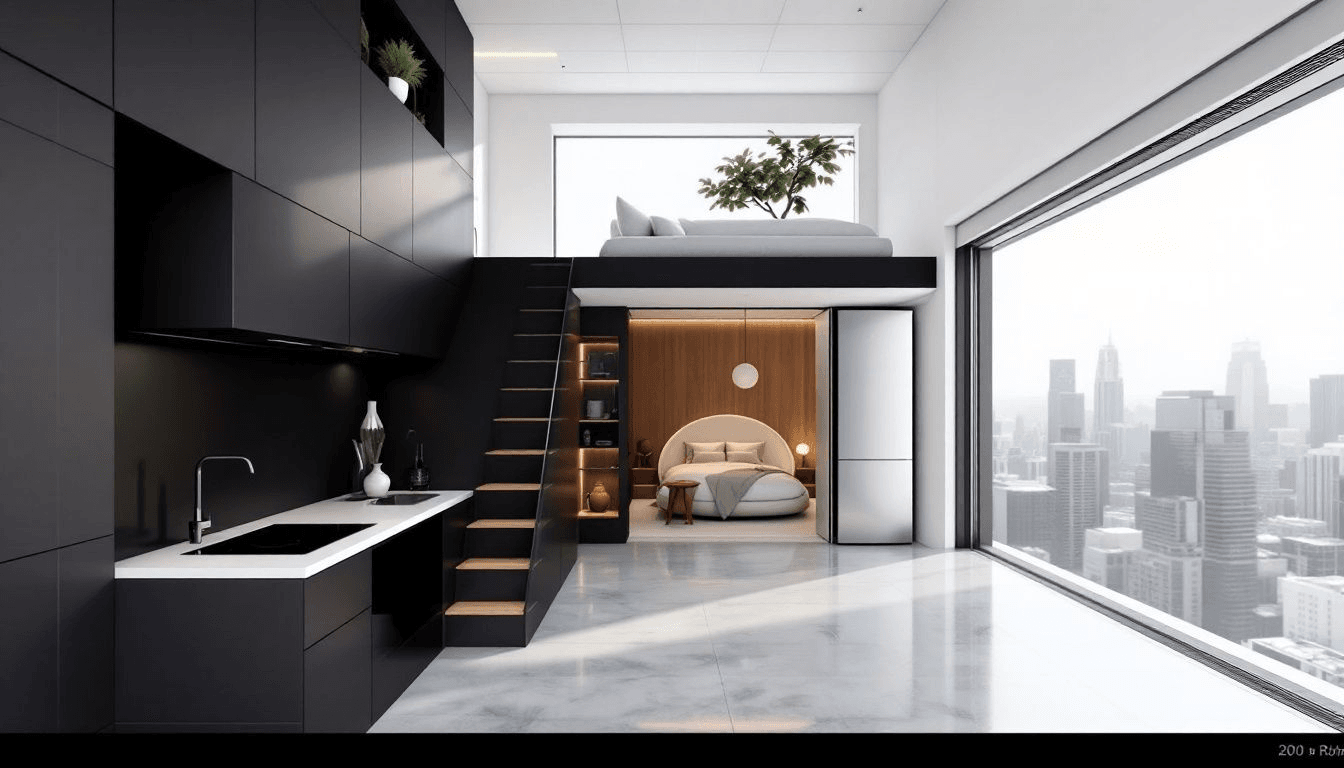
Innovative space utilization is a hallmark of tiny home living, maximizing every square foot. Designed with efficiency in mind, tiny homes incorporate multi-functional furniture, vertical storage, and lofted sleeping areas to make the most of limited space. These design solutions ensure comfort and functionality despite the small size.
Smart storage solutions, like wall-mounted storage and hidden compartments, help keep living spaces organized without sacrificing floor area. Additionally, smart tiny houses can automate daily tasks, optimizing space usage and ensuring every inch serves a purpose.
Such innovative space utilization showcases the versatility and practicality of tiny homes.
Mobility and Flexibility
The mobility and flexibility of tiny homes drive their popularity. Mobile tiny homes enable individuals to live and travel freely, supporting remote work and a nomadic lifestyle. This flexibility allows homeowners to explore new locations and adapt their living arrangements to suit changing needs.
Hybrid tiny homes combine mobility with flexible living options, featuring modular designs that can be easily reconfigured based on the homeowner’s preferences. The ability to relocate and adapt living spaces makes tiny homes an attractive option for those seeking a dynamic and comfortable lifestyle.
Community-Focused Living
Tiny house communities offer a unique and enriching living experience, fostering a sense of belonging among residents. These communities promote interaction and support, encouraging friendships and connections that enhance social well-being. Shared experiences in tiny living often lead to deeper connections with family and friends, as residents engage more meaningfully.
The simplicity of tiny homes allows residents to focus on what truly matters, adopting sustainable living practices and enjoying a more fulfilling lifestyle. Living in a tiny house community enables individuals to experience communal living benefits while embracing minimalism and eco-friendliness.
Changing Zoning Laws and Regulatory Support
Growing recognition of tiny homes as a viable housing option has led to significant changes in zoning laws and regulatory support. Evolving zoning laws increasingly allow tiny homes to be considered permanent residences, providing a stable housing option for many. This shift promotes sustainable living in urban areas and supports the development of eco-friendly communities.
Consumer demand for tiny homes is prompting local governments to revise zoning laws and building codes, easing construction and residency. Advocacy organizations are working to incorporate tiny houses into local regulations, expanding placement options and increasing public awareness of their benefits. These changes are shaping tiny homes as a legitimate and attractive housing solution.
Customization and Personalization
Customization and personalization are key advantages of tiny home living, allowing homeowners to create unique, tailored spaces. Tiny homes can be customized with various interior and exterior options, reflecting the personalities and tastes of their owners. This level of personalization enhances the living experience, making each tiny home truly unique.
From choosing materials and layouts to selecting appliances and design features, tiny home owners have the flexibility to create spaces that fit their specific lifestyle needs. This ability to customize and personalize tiny homes ensures they are functional and a true reflection of the owner’s style and preferences.
Environmental Benefits and Reduced Waste
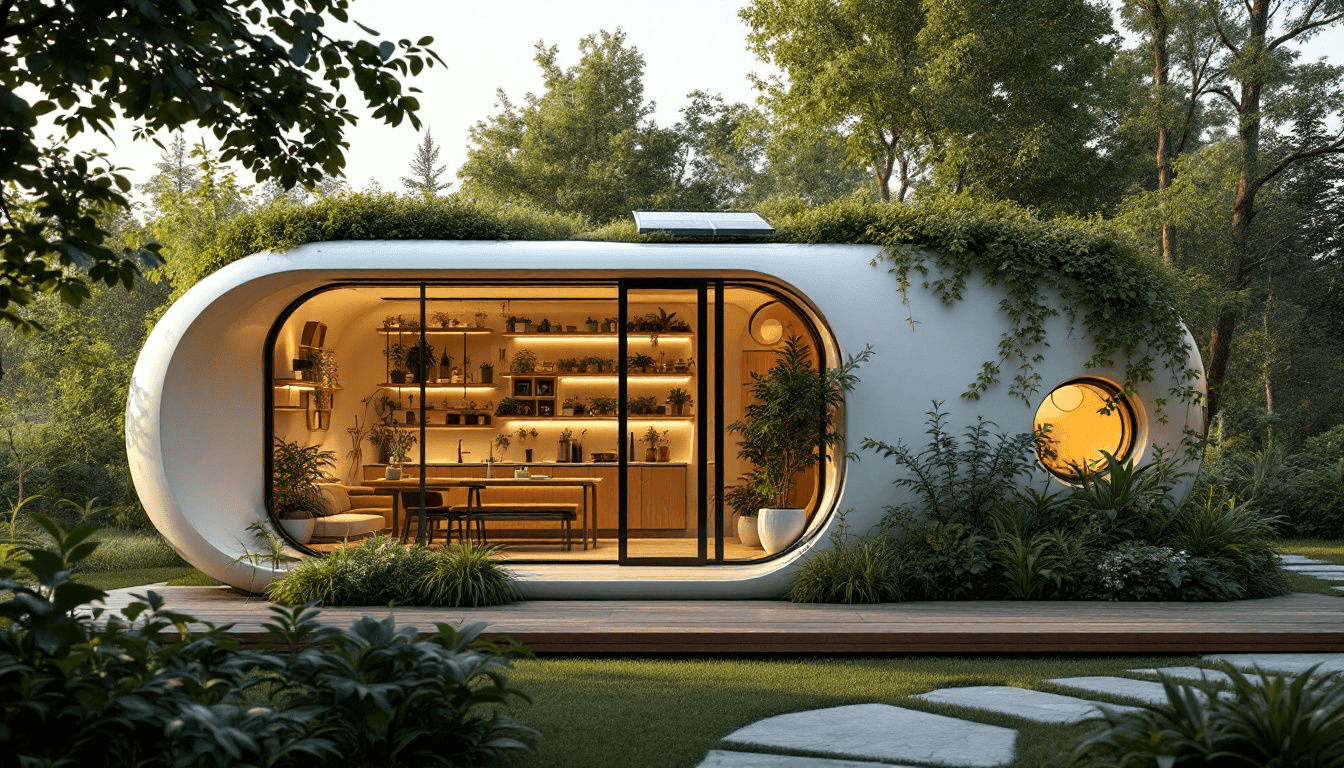
Tiny homes offer significant environmental benefits, contributing to a more sustainable future. Their construction requires fewer materials compared to standard houses, resulting in less transportation and repair material waste. This reduced material use, combined with sustainable and recycled materials, minimizes the environmental footprint of tiny homes.
Additionally, tiny homes have significantly lower energy requirements, with emissions potentially as low as 2,000 pounds of carbon dioxide annually. The combination of reduced material use and lower energy needs results in a smaller carbon footprint, making tiny homes an eco-friendly and sustainable housing option.
Addressing Housing Market Challenges
Tiny homes provide a viable solution to many housing market challenges. With lower rent or mortgage payments and reduced monthly costs, tiny homes offer significant financial benefits. This affordability makes them an attractive option for those looking to enter the housing market or achieve homeownership without high costs.
Historically, strict building codes and zoning laws limited tiny home development, but recent changes are making it easier to establish them as permanent residences. Cities partnering with tiny-home startups can address housing shortages and provide affordable options. The availability of DIY tiny home kits has expanded the market, allowing more individuals to join the tiny home movement and experience its benefits.
By challenging traditional housing norms and offering unique dwellings, tiny homes provide a practical and attractive alternative to conventional options. This shift towards sustainable and efficient living spaces helps address housing market challenges and promotes a more sustainable future.
Future Generations and Sustainable Futures
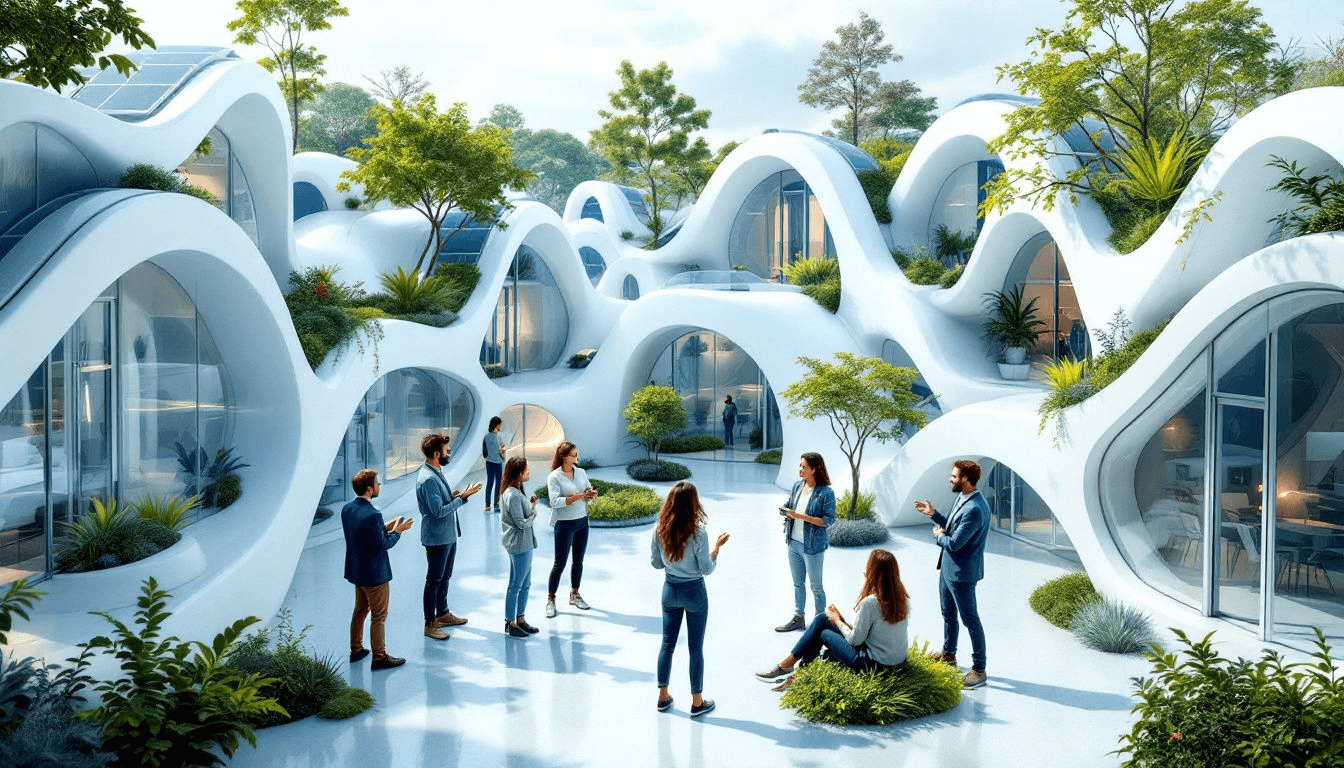
Tiny homes pave the way for the future of sustainable living, allowing future generations to embrace sustainable living and eco-friendly practices. By using sustainable materials and reducing carbon footprints, tiny homes model sustainable living on a larger scale. More homeowners are adopting sustainable practices alongside compact living, highlighting the positive impact on resource conservation.
The growing popularity of the tiny house movement indicates a shift towards sustainable housing and mindful consumption. By promoting sustainability and fostering community focus, tiny homes thoughtfully respond to urbanization and environmental concerns, rather than being just a passing trend.
The future of tiny home living is bright, with increasing acceptance and recognition as a viable and attractive housing option.
Summary
In summary, tiny homes offer numerous benefits that make them the future of sustainable living. From embracing a minimalist lifestyle and achieving financial freedom to promoting sustainable practices and reducing environmental impact, tiny homes are transforming the way we live. Their innovative design, energy efficiency, and community-focused living make them an attractive and practical housing option.
As the tiny house movement continues to grow, it is clear that tiny homes are not just a passing trend but a significant shift towards a more sustainable and fulfilling lifestyle. By embracing tiny home living, we can create a more sustainable future for ourselves and future generations.
Frequently Asked Questions
How do tiny homes contribute to sustainable living?
Tiny homes are a fantastic way to embrace sustainable living, as they minimize energy consumption and utilize eco-friendly materials. By promoting a smaller carbon footprint and often incorporating renewable energy sources, they embody a lifestyle that harmonizes with the environment.
Can tiny homes be customized to fit individual preferences?
Absolutely, tiny homes can be beautifully customized to match your individual preferences, making them truly unique and reflective of your personal style! This flexibility allows you to create a space that perfectly suits your lifestyle and vision.
Are tiny homes a viable solution to housing market challenges?
Tiny homes are indeed a viable solution to housing market challenges, offering affordable options and promoting sustainable living. With evolving zoning laws, they are becoming more accessible as permanent residences.
What are the financial benefits of living in a tiny home?
Living in a tiny home can lead to significant savings through lower construction costs, property taxes, and utility bills, enabling a more debt-free lifestyle. This financial freedom can open up opportunities to invest in other important life goals.
How do tiny house communities enhance social well-being?
Tiny house communities boost social well-being by fostering a strong sense of belonging and encouraging interaction among residents. This supportive environment helps reduce stress and builds valuable connections, making life more fulfilling!



